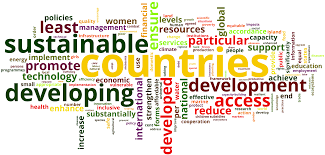Data Standardization and Cleansing – Is your EAM/ERP/CMMS filled with duplication and materials that are no longer used? Review of the asset lifecycle process ensures that ghost assets (assets no longer in use or no longer on site but still on the books) are not costing you in unnecessary taxes, or causing shortages during critical maintenance.
Bill of Materials (BOM) Development – An accurate BOM is crucial for ensuring the right parts go out with the work order. Let us work with Planning & Scheduling to develop accurate BOM’s.
Compatible Units – Does correcting the standardization of your material descriptions create problems with your existing compatible units? Does the possibility of moving to a new CU software system present an opportunity to cleanse existing CUs or material records?
Kitting Program Support – Do you have technicians standing in lines at the storeroom to go shopping for materials for supposedly planned work? How much is that costing you?
Inventory Turns/Risk Evaluation – Are you carrying materials in stores that don’t turn at least once a year? What happens if you don’t have a part? What is the risk?
Spare Parts Analysis – What parts are ordered and on what frequency? Can we transfer this burden onto our vendors? Are there parts that should be placed in JIT (Just in Time) inventory?
Vendor Evaluations – What vendors go the extra mile and which vendors should just go




